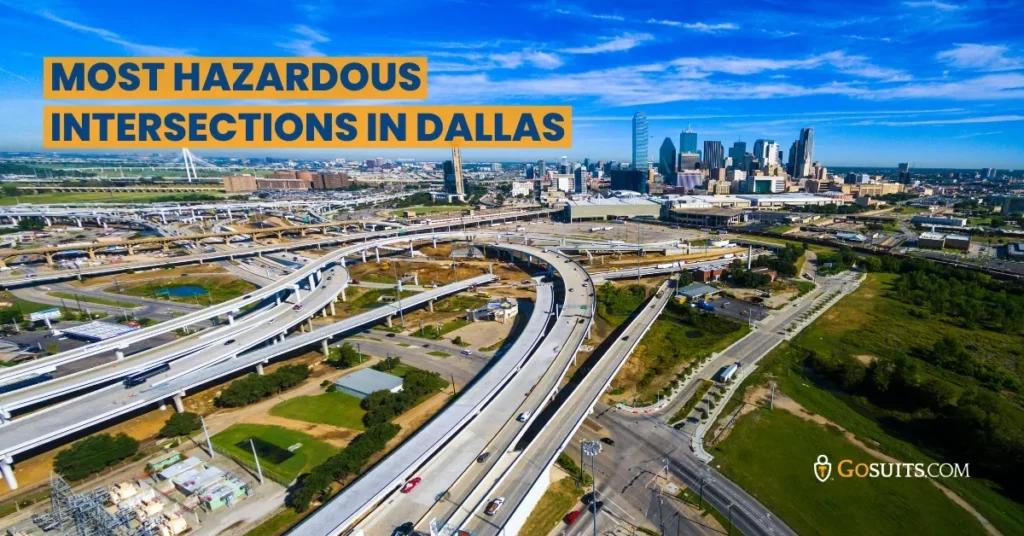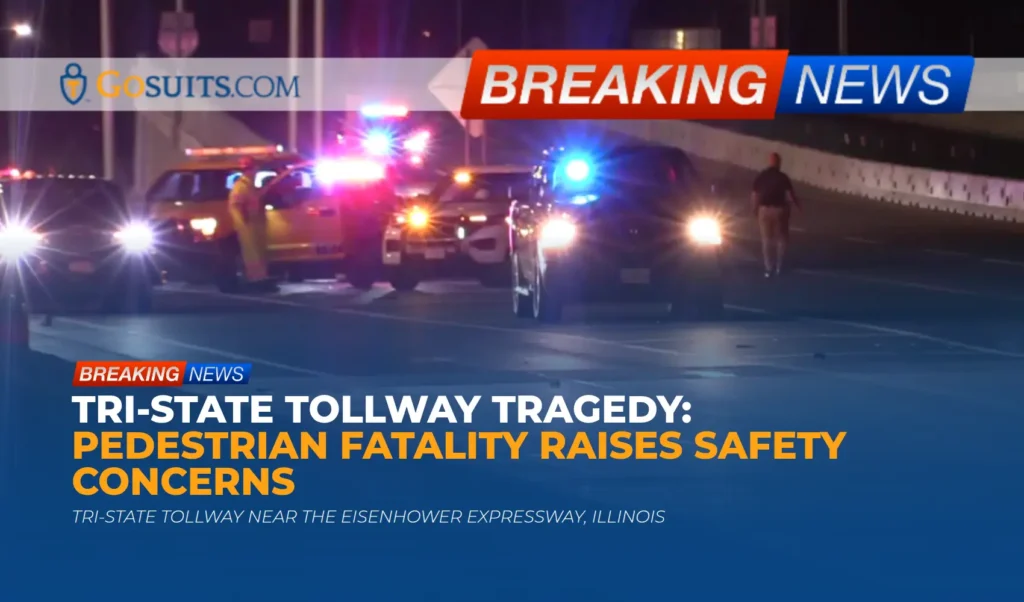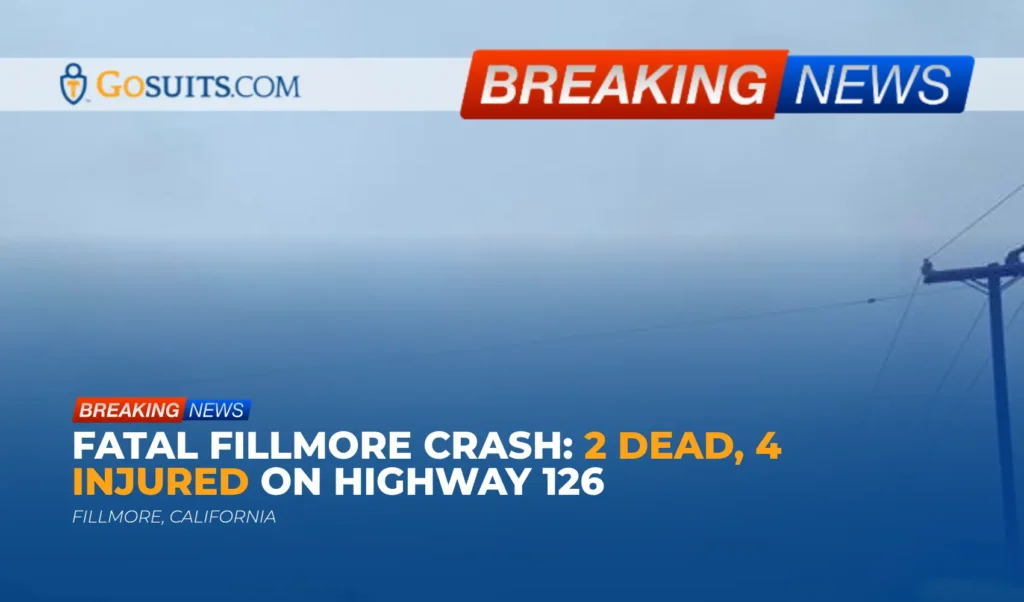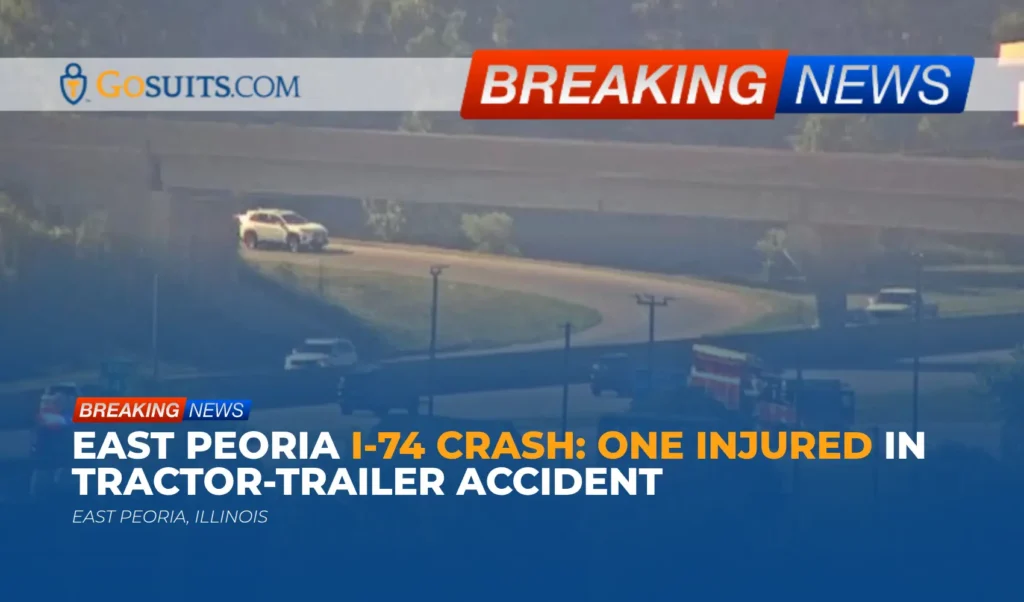Dallas, Texas is a popular, vibrant city known for its lively atmosphere with bustling streets and heavy flow of traffic. Albeit being known for such, like any other metropolis, Dallas is not an exception to accidents. In fact, this is also home to some of the most perilous intersections in the state that are hotspots for accidents and collisions. Consequently, this presents a unique challenge for drivers, especially when it comes to navigating its most accident-prone intersections.
Top five most hazardous intersections in Dallas, Texas
Gaston Avenue and Grand Avenue:
Located in east Dallas, this intersection is notorious for its heavy traffic and high accident rate drivers should be extra careful when navigating this area, especially during rush hours. Always choose to be patient and remember to take caution first by yielding to other vehicles when necessary.
Mockingbird Lane and North Central Expressway:
This intersection is known for its complex structure and heavy traffic flow. Drivers should be keen on the markings and be cautious when merging or changing lanes. Remember to use your turn signals, check your blind spots, and maintain a safe following distance from other vehicles.
Cedar Springs Road and Oak Lawn Avenue:
Situated in the heart of Dallas’s vibrant nightlife district, busy pedestrian and cycling activity are the common scenes in this intersection.
LBJ Freeway and Coit Road:
In North Dallas, this intersection is popular for its high-speed traffic and frequent accidents. Drivers should always be vigilant, especially when entering or exiting the freeway. Obeying posted speed limits and avoiding distractions while driving will save you from potential accidents.
Preston Road and Royal Lane:
Located in north Dallas, this intersection displaces a complex layout with heavy traffic congestion, making it prone to accidents. When turning to the royal lane, the driver should be extra vigilant when merging and changing lanes. Do not forget to give your turn signal to avoid accidents. Check your blind spots before making any maneuvers.
Considerations for Safe Driving in Dallas to Avoid Personal Injury:
Traffic Congestion: Dallas is no stranger to heavy traffic, especially during peak commuting hours. Be prepared for delays and exercise patience while driving.
Aggressive Driving: Watch out for aggressive drivers who may engage in behaviors such as speeding, tailgating, and running red lights. Stay calm, and avoid escalating confrontations on the road.
Complex Road Network: Dallas has a vast road network with numerous highways, interchanges, and intricate intersections. Take your time to familiarize yourself with your route before setting out, and always pay attention to road signs and markings.
Weather Conditions: Extreme weather events can impact driving conditions in Dallas. Exercise caution during inclement weather, and adjust your driving behavior accordingly.
Construction Zones: Be aware of ongoing road construction projects as they can introduce unexpected hazards and altered traffic patterns. Follow posted signs and drive cautiously through construction zones.
Common types of collisions that often occur at dangerous intersections:
Rear-end Collisions: these occur when one vehicle strikes the back of another vehicle, often by accident, for example, due to sudden braking, tailgating, or distracted driving. At busy intersections with heavy traffic flow and frequency stops such as the ones listed in the article, rear, and collisions are common, especially during peak travel times.
T-bone Accidents ( Side-impact Collisions): Intersections are prime locations for T-bone accidents, a crash where one vehicle crashes into the side of another at a perpendicular angle. This type of collision frequently happens when drivers run red lights, fail to yield the right of way, or make improper left turns.
Sideswipe Accidents: These accidents occur when the sides of two vehicles travel in the same direction and make contact with each other. At intersections with multiple lanes and complex turning maneuvers, sideswipe collisions can occur when drivers fail to check their blind spots or properly signal lane changes.
Head-on Collisions: Well, less common at intersections compared to other types of collisions, head-on collisions can still occur, especially at intersections with confusing signage or inadequate signage. Traffic control measures. These collisions typically happen when the driver crosses the centerline or enters an intersection against the flow of traffic.
Pedestrian Accidents: Intersections are also high-risk areas for pedestrian accidents where vehicles may fail to yield to pedestrians in crosswalks or make right turns without checking for pedestrians crossing the street. Pedestrian accidents can result from one injury to serious injuries or fatalities, particularly at intersections with heavy foot traffic.
Common Causes of Collisions in Dangerous Intersections:
Drowsy Driving
Drowsiness slows reaction times as much as intoxication. Fatigued drivers cause frequent Dallas collisions, often late at night or in the early hours of the morning. Skipping, taking sedatives, working long hours, untreated sleep disorders, and driving for long without rest all increase drowsy driving risk. These incidents tend to be severe since tired motorists may struggle to brake quickly.
Speeding
Breaking the speed limit or driving too fast for road conditions contributes to several North Texas road accidents seen by our motor vehicle accident lawyers. At higher velocities, drivers have less time to react and stop. High speed also intensifies collision impacts. The likelihood of injuries or fatalities. Some high-risk zones include freeways, rural roads, residential areas, construction zones, and school zones.
Driver Inexperience
Many accidents that our motor vehicle accident lawyers deal with involve teen drivers or elderly motorists. Novice teenage drivers who are behind the wheel experience detecting hazards or controlling vehicles in complex situations. On the other hand, senior drivers may have declining vision, mobility ability, cognition, or reflexes. Both demographics would benefit from driver education courses focused on defensive driving techniques.
Failure to Yield Right of Way
Failing to yield when turning, changing lanes, entering traffic, circles properly, or at stop signs cause car accidents. Confusion over right-of-way rules, as well as reckless, hostile, impatient, or oblivious driving, may be at fault. Intersections are particularly high-risk; drivers can protect themselves by making iContact, taking turns slowly, and double checking for incoming vehicles.
Intoxicated Driving
Several collisions dealt with by our automobile accident drivers in the Dallas Fort-Worth region involved an intoxicated driver. Drunk, drugged or impaired motorists have delayed reactions and difficulty controlling speed or directions. Incidents happen more during the late evening after bars close especially on weekends. To avoid the latter, ridesharing services provide safe transportation for intoxicated individuals.
Aggressive Driving:
Hostile maneuvers like tailgating, erratically changing unsafe passing, failure to signal, running red lights, and speeding dramatically. Increase accident risk. A huge portion of fatal crashes that happened in Texas involve aggressive driving. Staying calm, limiting distractions, and allowing plenty of time to reach destinations helps avoid confrontation on the roads.
Weather conditions
Inclement weather contributes to several Dallas crashes as rain, fog, wind, or storm slippery obstructed or hazardous road conditions. In winter months, ice and snow limit traction and visibility. Drivers can prepare by checking forecasts before trips, slowing down, allowing extra distance between vehicles, and braking gently. If an accident occurs under such conditions, dallas personal injury lawyers can provide the necessary guidance to ensure your rights are protected and help you pursue compensation.
Vehicle Defects
While not the primary cause, road traffic accident lawyers see several accidents as a result of vehicle defects, including faulty parts, maintenance issues, or tire blowouts. Drivers should perform regular inspections, follow service schedules, check tire pressure, replace worn parts, address recalls, and have mechanics investigate any noises, leaks, pulls, vibrations, warning lights, and or changes in performance.
Urban Roads
Large metro areas see high accident rates, particularly on urban freeways. Dallas and Tarrant countries contain complex networks of multi-lane highways crossing densely populated cities. Combining heavy traffic volumes with tight spaces, interchanges, and short ramps leaves little room for driver errors. Always staying focused while driving defensively and using caution around large vehicles can help reduce mishaps.
Guide to Personal Injury Lawsuits and Personal Injury Claims
In the aftermath of a car accident, navigating the legal complexities can be as challenging as avoiding collisions on Dallas’s hazardous roads. This is where the importance of having a good attorney becomes crucial. experienced Dallas Car Accident lawyers can provide invaluable assistance in several key areas, offering their expertise to help victims manage claims, negotiate settlements, and pursue fair compensation.
Legal Guidance: understanding your rights and legal options following a serious injury or car accident is crucial. A knowledgeable personal injury lawyer can offer expert guidance explaining the legal processes involved and advising you on the best course of action to protect your interests.
Evidence Collection: Building a strong case requires gathering evidence to support your claim. From accident reports and medical records to witness testimonies and expert opinions, a competent lawyer knows what evidence is needed and how to obtain it to prove your claim and strengthen your case.
Negotiating with Insurance Companies: Dealing with insurance companies can be intimidating, especially when they try to minimize your claim or deny liability. Skilled in personal injury cases, a lawyer can handle negotiations on your claim’s behalf, advocating for fair compensation and ensuring that your rights are protected.
Litigation Representation: In some personal injury cases, negotiations with insurance companies and attorneys may not use a satisfactory outcome, leading to litigation. A proficient personal injury lawyer is prepared to represent you in court, presenting your case persuasively and fighting tirelessly to secure the compensation you deserve.
Maximizing Compensation: The goal of an attorney pursuing a personal injury claim lawsuit is to obtain compensation for damages, such as medical expenses, lost wages, pain and suffering, and many more possible personal injury claims.





